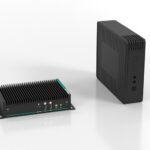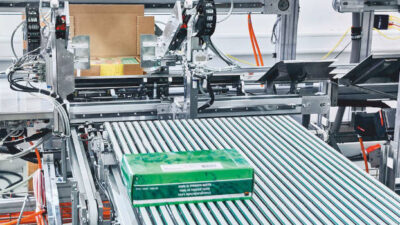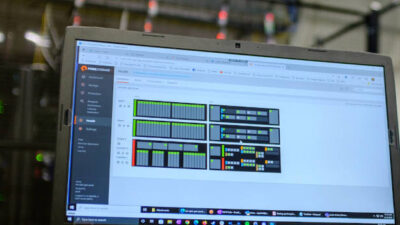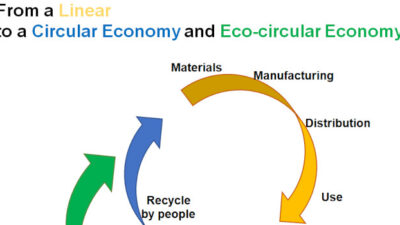Energy Efficiency
Energy is a stored potential or continuous power to do work. Efficiency refers to the effective use of power. Consuming less energy may differ from using less energy to do the same amount of work. In industrial applications, energy can be electrical, pneumatic, hydraulic, kinetic (in motion or in a coiled spring), chemical, nuclear, light, steam and other heat and gravity. Effective monitoring and control can help in creation of more efficient designs and processes. Energy as a component of production is more often viewed as potential for cost savings.


















